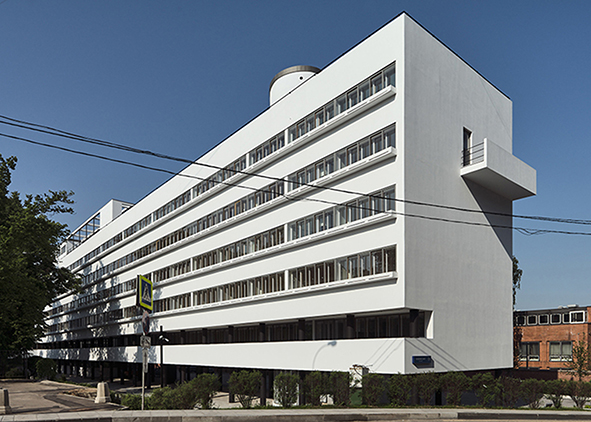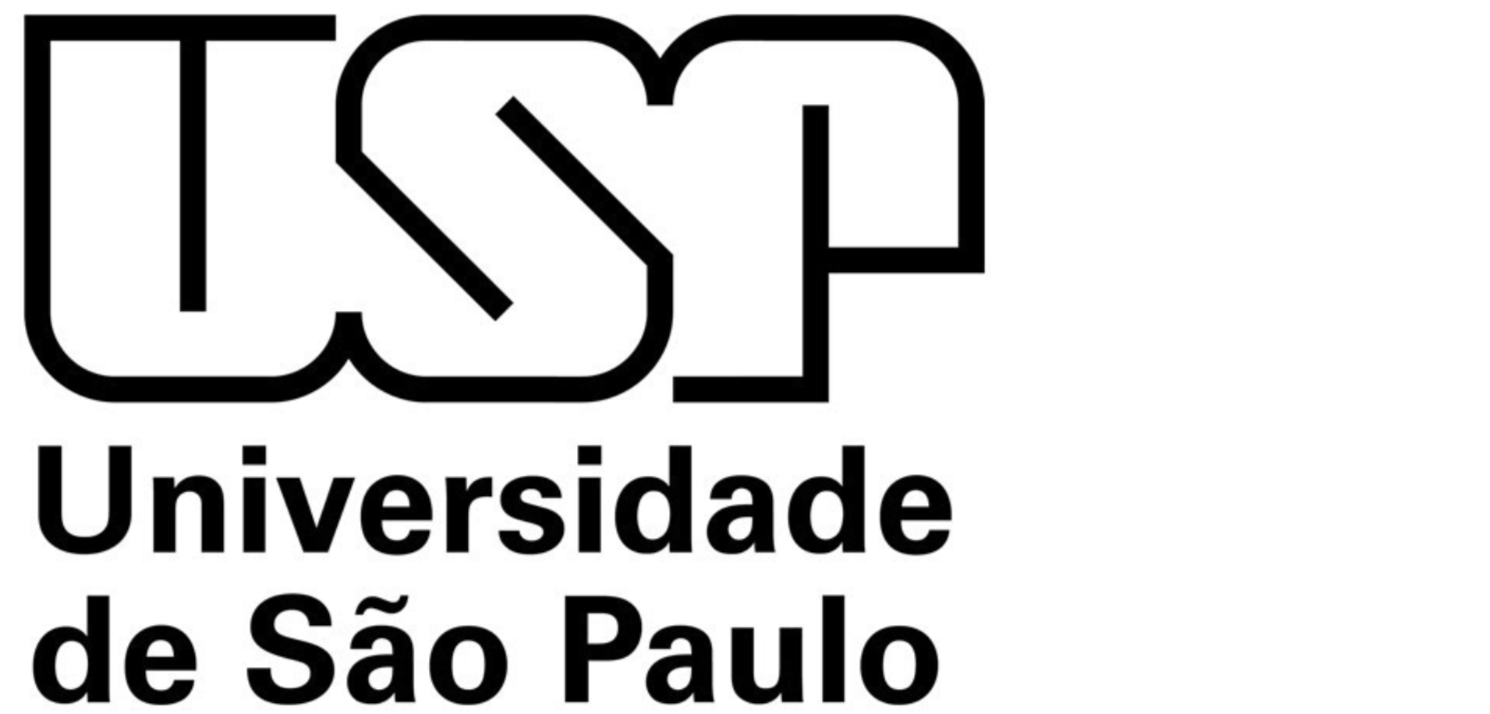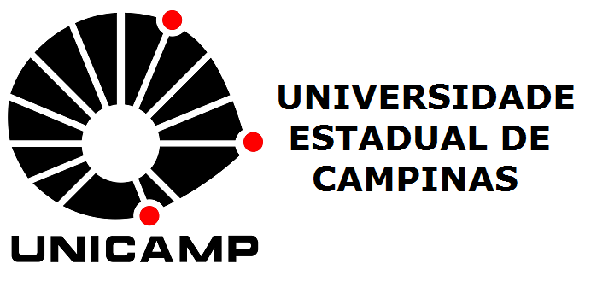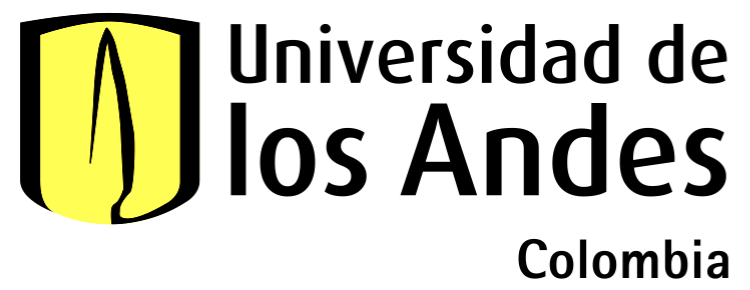Narkomfin’s new life. A ‘prosthesis’ for Ginzburg and Milinis’s masterpiece
DOI:
https://doi.org/10.19229/2464-9309/9152021Keywords:
collective housing, Soviet architecture, housing, recovery, urban regenerationAbstract
The article’s object is to recover the original purpose of the Narkomfin through a satellite architecture that embraces some of the functions no longer in use in the famous building by Ginzburg and Milinis, thus renewing its role as a ‘social condenser’ in contemporary post-Soviet Moscow. The strategy here presented is also a possible ‘good practice’ for the maintenance/modification/reuse of similar complexes, very common in the former Soviet Bloc countries as in the Western post-war social housing heritage, through an advanced tool for housing support.
Downloads
Article Metrics Graph
References
Arkin, D., Lavrov, V., Aiziocovič, S. and Fridman, D. (eds) (1929), Stroitel’stvo Moskvij, n. 12.
Buchli, V. (2000), An Archaeology of Socialism, Berg, Oxford-New York.
Chan Magomedov, S. O. (1977), Moisej Ginzburg [or. ed. M. J. Ginzburg, 1972], FrancoAngeli, Milano.
De Feo, V. (1963), URSS – Architettura 1917-1936, Editori Riuniti, Roma.
De Magistris, A. (1988), La città di transizione – Politiche urbane e ricerche tipologiche nell’URSS degli anni Venti, Il Quadrante, Torino.
Ginzburg, A. (2020), The Building Narkomfin – Restoration/Dom Narkomfina – Restavrazija 2016-2020, VelKam Print, Mosca. [Online] Available at: mos.ru/dkn/documents/view/248242220/ [Accessed 22 March 2021].
Ginzburg, M. J. (2007), “Abbiamo sentito – Problemi della tipizzazione dell’abitazione della Repubblica Federativa Russa” [or. ed. “Slushiali – Probl’emij tipizhazij jil’ja RCFSR”, 1929], in Canella, G. and Meriggi, M. (eds), Sa Sovremennaja Arkhitektura – 1926-1930, Edizioni Dedalo, Bari, pp. 340-348.
Ginzburg, M. J. (ed.) (1977), Saggi sull’architettura costruttivista – Il ritmo in architettura – Lo stile e l’epoca – L’abitazione [or. ed. Jilischche – On’it piatilietniej rabot’i nad prabliemaj jilischche, 1934], Feltrinelli, Milano.
Koolhaas, R. (2004), “Utopia Station”, in Koolhaas, R., Content, Taschen, Köln, pp. 393-395.
Kopp, A. (1972), Città e Rivoluzione – Architettura e urbanistica sovietiche degli anni Venti [or. ed. Ville et Révolution – Architecture et urbanisme sovietiques des années Vingt, 1967], Feltrinelli, Milano.
Lanini, L. (2020a), “La Resurrezione della Dom Narkomfina | The Resurrection of Dom Narkomfina”, in Rassegna di Architettura e Urbanistica, anno LV, vol. 161, pp. 47-54.
Lanini, L. (2020b), “When We Dead Awaken – The Restoration of Dom Narkomfina”, in Compasses, issue 34, pp. 34-41.
Lanini, L. and Melikova, N. (2017), La città d’acciaio – Mosca costruttivista 1917-1937, Pisa University Press, Pisa.
Melikova, N. (2017), “Il costruttivismo russo tra brand e realtà”, in Lanini, L. and Melikova, N., La città d’acciaio – Mosca costruttivista 1917-1937, Pisa University Press, Pisa, pp. 84-96.
Papernyj, V. (2017), Cultura due – L’Architettura al tempo di Stalin [or. ed. Kul’tura, 2011], Editoriale Artemide, Roma.
Pasini, E. (1980), La ‘casa-comune’ e il Narkonfim di Ginzburg – 1928/29, Officina edizioni, Roma.
Per, A. F. and Mozas, J. (2013), “The Sinking of a Social Condenser”, in Per, A. F. and Mozas, J. (eds), 10 Stories of Collective Housing – Graphical analysis of inspiring masterpieces, a+t Architecture Publishers, Vitoria-Gasteiz, pp. 66-113.
Quilici, V. (1976), Città russa e città sovietica – Caratteri della struttura storica – Ideologia e pratica della trasformazione socialista, Mazzotta, Milano.
Raitano, M. (2016), “Progettare per l’esistente – Architettura è guarigione”, in Posocco, P. and Raitano, M. (eds), La seconda vita degli edifici – Riflessioni e progetti, Quodlibet, Macerata, pp. 17-46.
Steierhoffer, E. (2019), Imagine Moscow – Architecture Propaganda Revolution, The Design Museum, Londra.
Stites, R. (1991), Revolutionary Dreams – Utopian Vision and Experimental Life in the Russian Revolution, Oxford University Press, New York-Oxford.
Vujoševič, T. (2017), Modernism and the making of the Soviet New Man, Manchester University Press, Manchester.

Downloads
Published
How to Cite
Issue
Section
License
This Journal is published under Creative Commons Attribution Licence 4.0 (CC-BY).
License scheme | Legal code
This License allows anyone to:
Share: copy and redistribute the material in any medium or format.
Adapt: remix, transform, and build upon the material for any purpose, even commercially.
Under the following terms
Attribution: Users must give appropriate credit, provide a link to the license, and indicate if changes were made; users may do so in any reasonable manner, but not in any way that suggests the licensor endorses them or their use.
No additional restrictions: Users may not apply legal terms or technological measures that legally restrict others from doing anything the license permits.
Notices
Users do not have to comply with the license for elements of the material in the public domain or where your use is permitted by an applicable exception or limitation.
No warranties are given. The license may not give users all of the permissions necessary for their intended use. For example, other rights such as publicity, privacy, or moral rights may limit how you use the material.


















































































